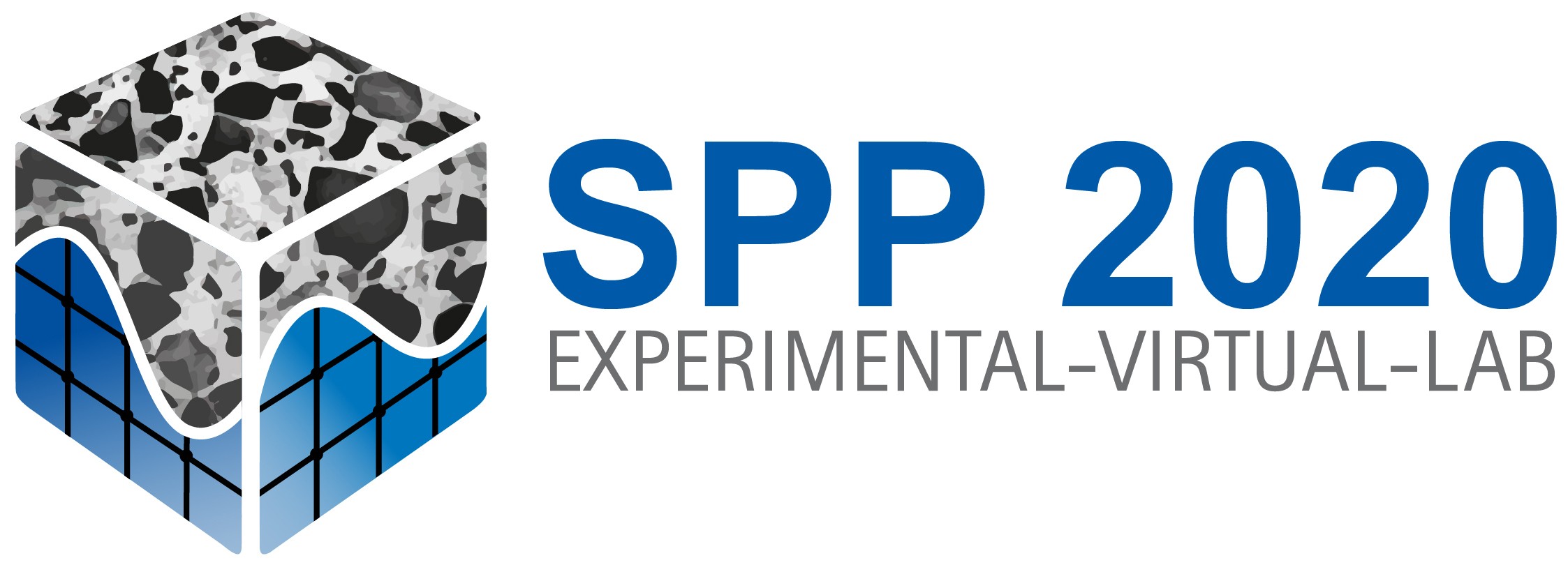Co-Applicants
Project description
Compared to normal-strength concrete, high-strength concrete exhibits a denser and improved microstructure. The material behaviour of high-strength concrete under monotonically increasing external loads is significantly different compared to the material behaviour of normal-strength concrete. It is mainly influenced by optimized properties of the cement or the binder agent and the interfacial transition zone. Concerning fatigue properties of high-strength concrete and normal-strength concrete until now it is unclear how the damage processes differ due to their different microstructures.
As a consequence, within this project the degradation mechanisms of high-strength concrete under cyclic loading will be examined, described and modelled. In particular, the nucleation and propagation of cracks within the different phases of degradation will be investigated. Based on a stepwise methodology the influence on the fatigue behaviour of typical concrete technology measures to produce high-strength concrete will be analysed systematically. The degradation mechanisms will be determined using different damage indicators. Differences will be elaborated and quantified while the application of the damage indicators within an experimental-virtual-lab will be investigated and evaluated.
In addition, high resolution imaging processes will be applied to observe different crack states and to relate them to the development of the damage indicators within the fatigue process.Within this conjoint project an experimental/building material subproject and a theoretical/computational subproject are planned. The two subprojects will cooperate intensively regarding contents and methodology. Damage processes happening on a very small scale can sometimes be observed experimentally only on a much larger scale.
Knowledge about these damage processes will be gained by a scale transitioned modelling calibrated by experimental results which allows for drawing conclusions about processes on the fine scale. To realize this, the multiscale projection method in combination with the XFEM and non-local damage for the simulation of crack nucleation and dynamic crack propagation on multiple scales will be used. To capture the progress computationally for a couple of thousand load cycles within reasonable simulation times, the wavelet based multi timescale method WATMUS will be applied. For the microstructural components an elastic-viscoplastic material model will be assumed. The combination of experiment and simulation will lead to new insight into the damage mechanisms of high strength concrete and eventually it will lead to the predictability of the fatigue properties of new and improved concrete composition.
